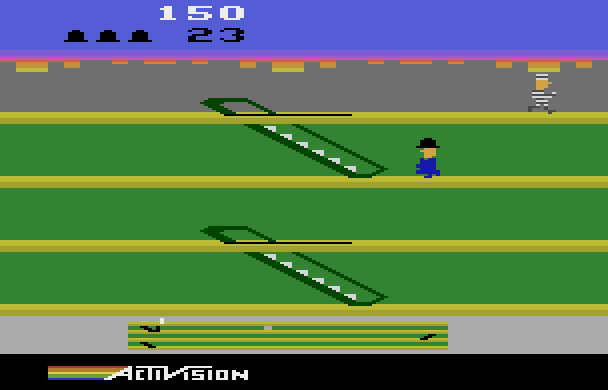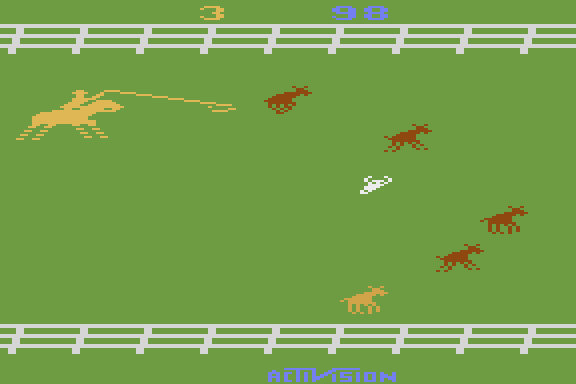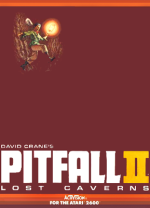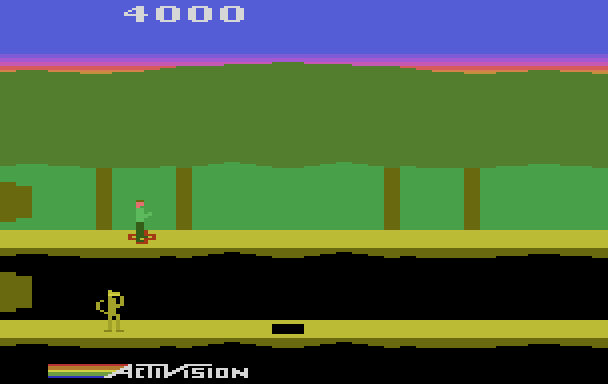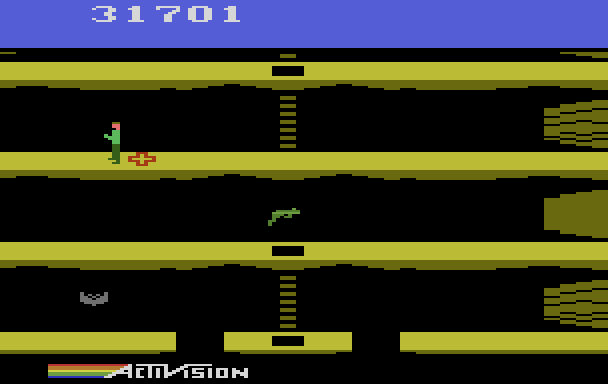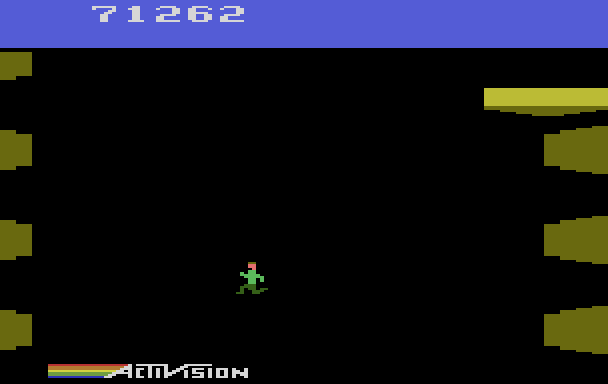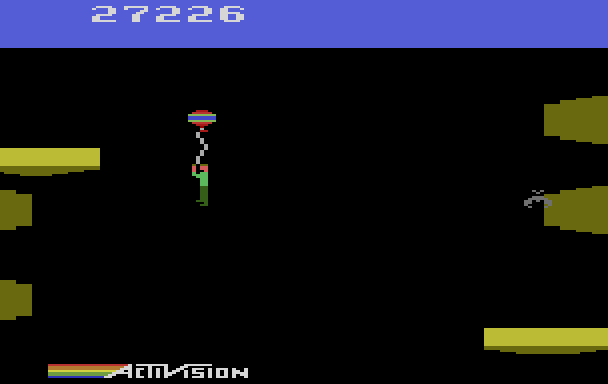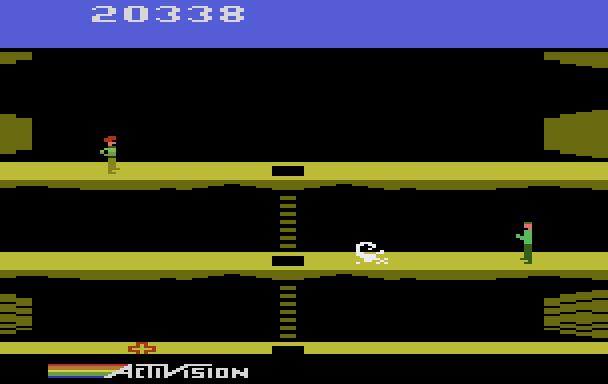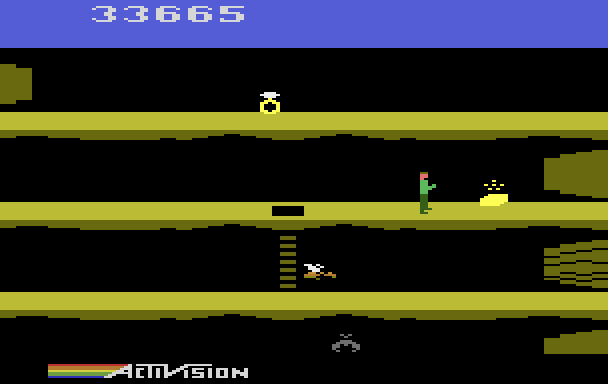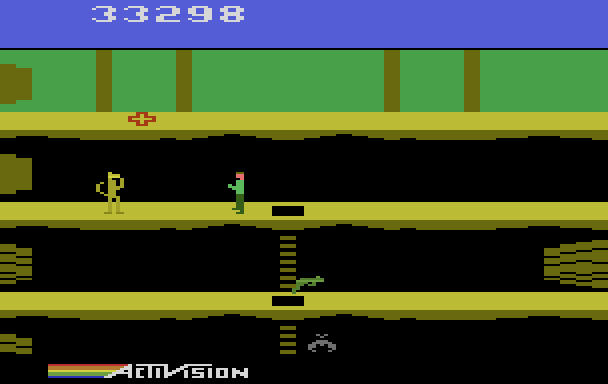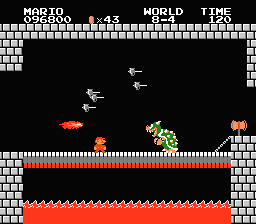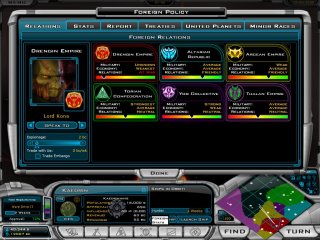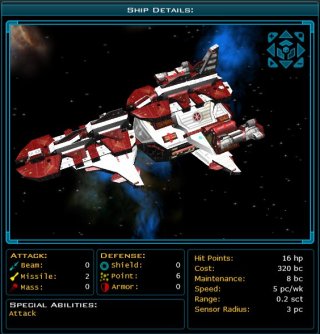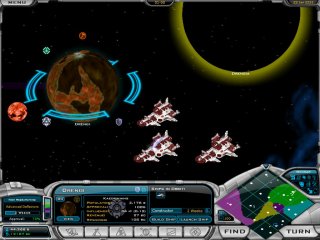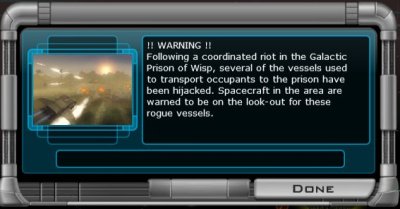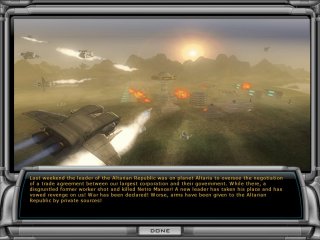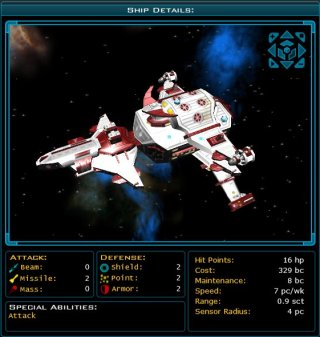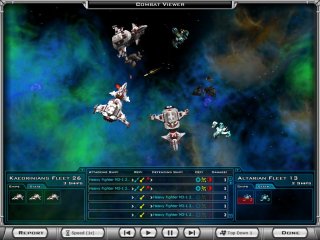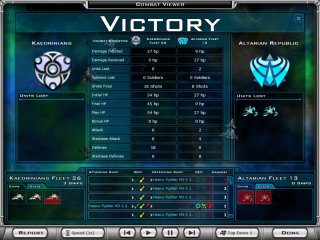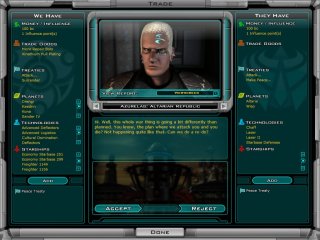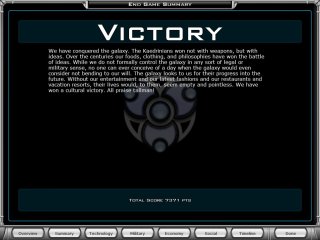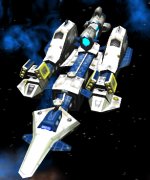Atari 2600 Games: Honorable Mention
There are, of course, many great games for the Atari 2600. Some (like Pitfall II) have aged better than others, but there is a certain sentimental value to be had in even the most mind-numbingly repetitive of these games. As I’ve mentioned before, most games have a completely arbitrary goal set for you, usually having to do with a score or time. This can get tiresome, but back in the day, they were still a whole lot of fun. In reality, it’s actually pretty impressive, considering that most of these games were about 2k – 4k in size. Here are some of my other favorite Atari games:
- Adventure: One of a handful of exceptions to the typical Atari game formula (i.e. your mission is an arbitrary point score) is Adventure. Your goal is to return a chalice to the gold castle, exploring other castles, chambers, and mazes along the way. There are several objects (including a sword, a magnet, and keys to the aformentioned castles) strewn about the virtual world to aid you in your quest. Three deadly dragons roam the area as well. The graphics and sound are primitive – your character basically appears as a dot on the screen, the sword looks like an arrow, and it’s often remarked that the dragons resemble a duck (personally, I think the yellow one looks like big bird. Also, when you kill a dragon, it takes on the shape of what appears to be E.T.). On the other hand the keys and the castles look great, and the gameplay more than makes up for the lack of visual complexity. This game apparently contains the first video game easter egg (unfortunately, I haven’t been able to reproduce this on my emulator yet). Shamus also noted a strange bit of functionality where you could enter the difficulty selection screen (an odd bit of functionality, that, but I was able to reproduce it).
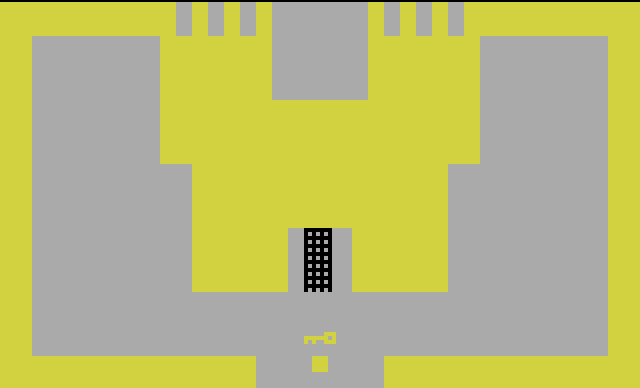
The Gold Castle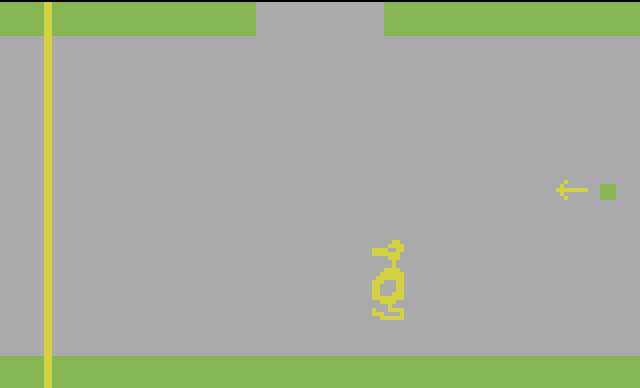
Big Bird or a duck?
You decide!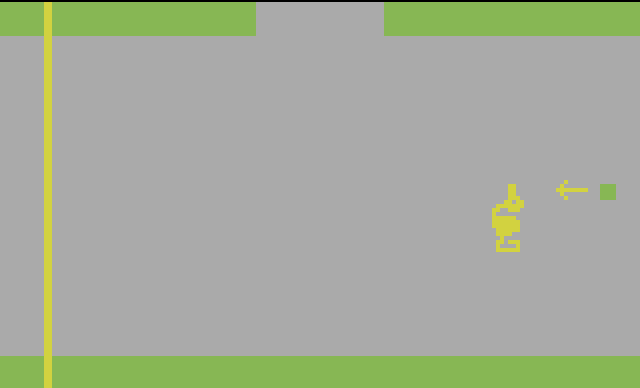
Is that E.T.? - Dragonfire: Another game featuring dragons and castles (yeah, I was a sucker for these types of games), this one follows a more standard Atari formula. The gameplay switches between two different screens. On the first, you dodge fireballs in an attempt to enter a castle. Once inside, you’re confronted by the castle’s guardian dragon and your goal is to collect all the treasure and escape, all the while dodging more fireballs. Excellent graphics (the dragons actually look like dragons and the treasures are detailed and relatively intricate) and smooth animations make this a pleasure to play, and despite the standard treasure collecting goals, the challenge of each successive level is rewarding.


- Chopper Command: And now we reach the point where a game gets about as formulaic and arbitrary as possible, yet is still entertaining because it executes it’s (simple) premise so well. Decent graphics and smooth animation make this game fun to play, though I’m convinced that my childhood opinion of this game was based mostly on the sound effects, particularly that of your weapons (and holding down the fire button allowed for some serious rapid-fire action). Another interesting aspect of this game is the radar map at the bottom of the screen which gives you an overview of the level. This is something that has become common in games these days, which is interesting to see… An enjoyable, if simplistic, game.
- Enduro: I get the impression that this is one of the more underrated Atari games, perhaps in part because it resembles the classicPole Position (but I prefer Enduro). The gameplay for this racer is a bit different from its competition though. Your goal is to pass a certain number of cars in a “day,” and each day progresses through a series of weather conditions, including rain, snow, darkness, and fog. The graphics are about medium-range, and the sounds of revving engines are decent too. It gets pretty intense at times, especially when night turns to dawn and you still need to pass some cars before sunrise…
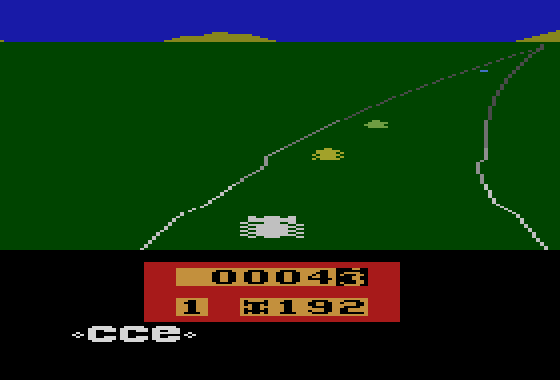

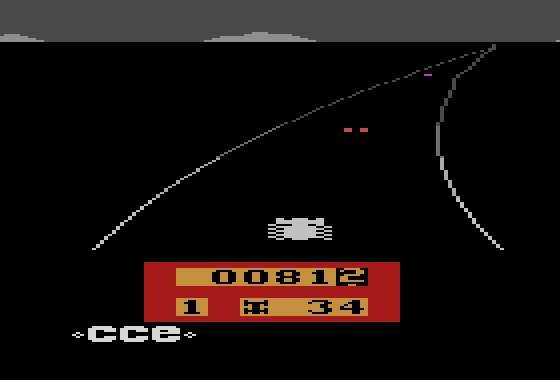
- Keystone Kapers: In this game you play a cop (sorry, a “kop”) who chases criminals (kriminals?) through a department store, dodging shopping carts, little airplanes, radios and beachballs along the way. Every level is essentially the same, with the krook becoming more and more difficult to catch. Fun, fluid gameplay is bolstered by the excellent graphics and animations.
- Battlezone: Probably a little ahead of its time, I could arguably consider this my first first-person shooter, complete with a little circular radar map at the top telling you where your oponents are lurking (more akin to the one used in Unreal Tournament than the one in Chopper Command). Despite the limited hardware, this game actually managed to pull off its three dimensional nature which is pretty impressive. The enemies are varied and challenging, but in the end, it’s another one of those unending formula games. Still, it was impressive enough at the time…
- Stampede: Another simplistic formula game, Stampede was still pretty fun. Some nice animations of lassos and running horses/cattle. Movement is a bit restricted (you can only move vertically), but some interesting gameplay allows you to push slow moving cattle ahead, giving yourself some extra time to lasso them. It’s actually a pretty unusual game in these respects, and I think that’s part of why it sticks out in my head.
Well, I think that just about does it for the Atari 2600 games. One final caveat, I’m sure there are plenty of great games that I’m missing on my list, but this is a) a subjective list and b) limited to my experience playing video games as a youth. As it turns out, many of the old standbys (Space Invaders, Pac-man, etc…) just didn’t make that much of an impression on me. The games above did, even if they were clones of other popular games (like Chopper Command and Enduro). Anyway, expect another Atari post or two to wrap up. I may be taking a bit of a break before I start on the next system (the classic Commodore 64 – not technically a console, but a vehicle for many hours of game playing as a young’un). I like taking this stroll down memory lane, but I don’t want to completely jam the blog with all video game posts…

